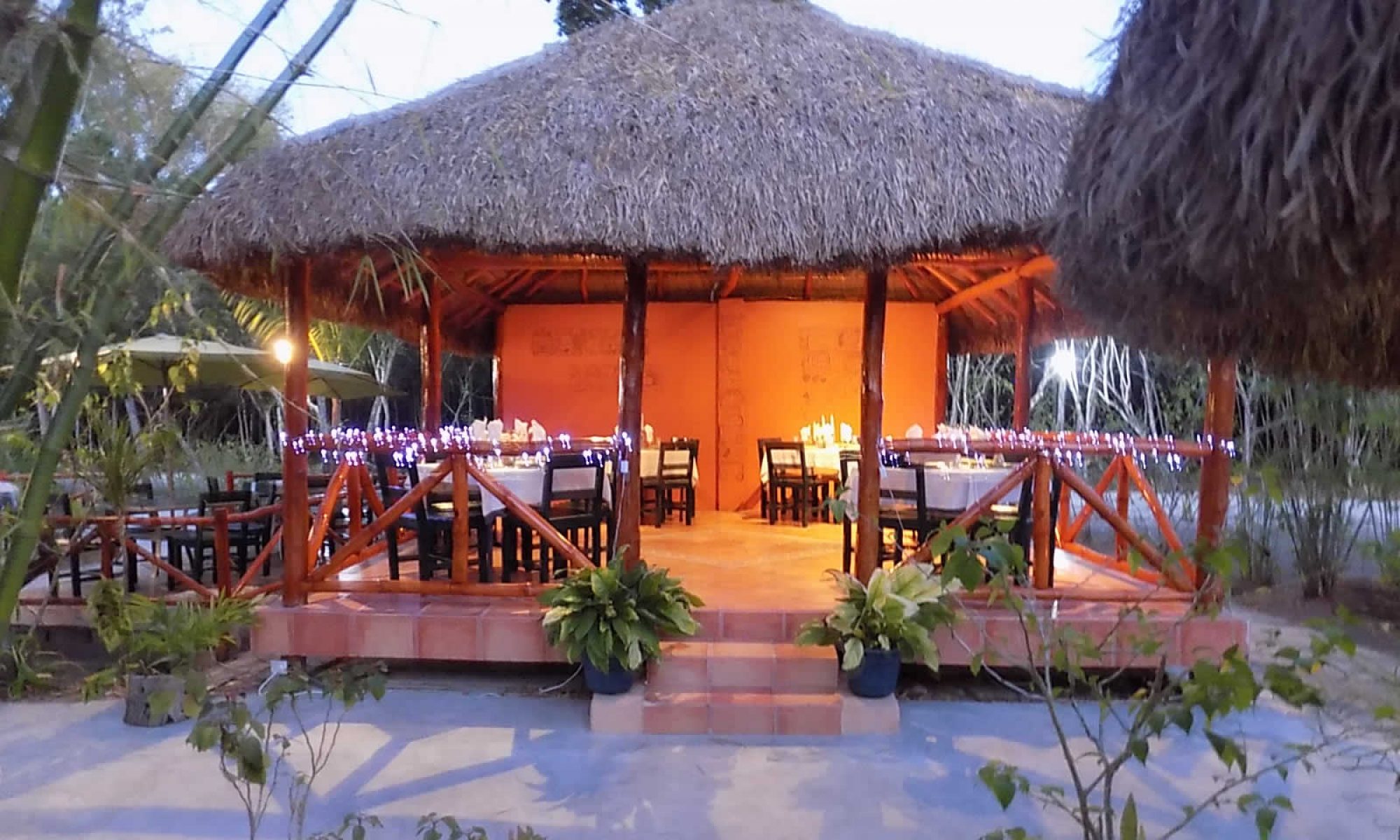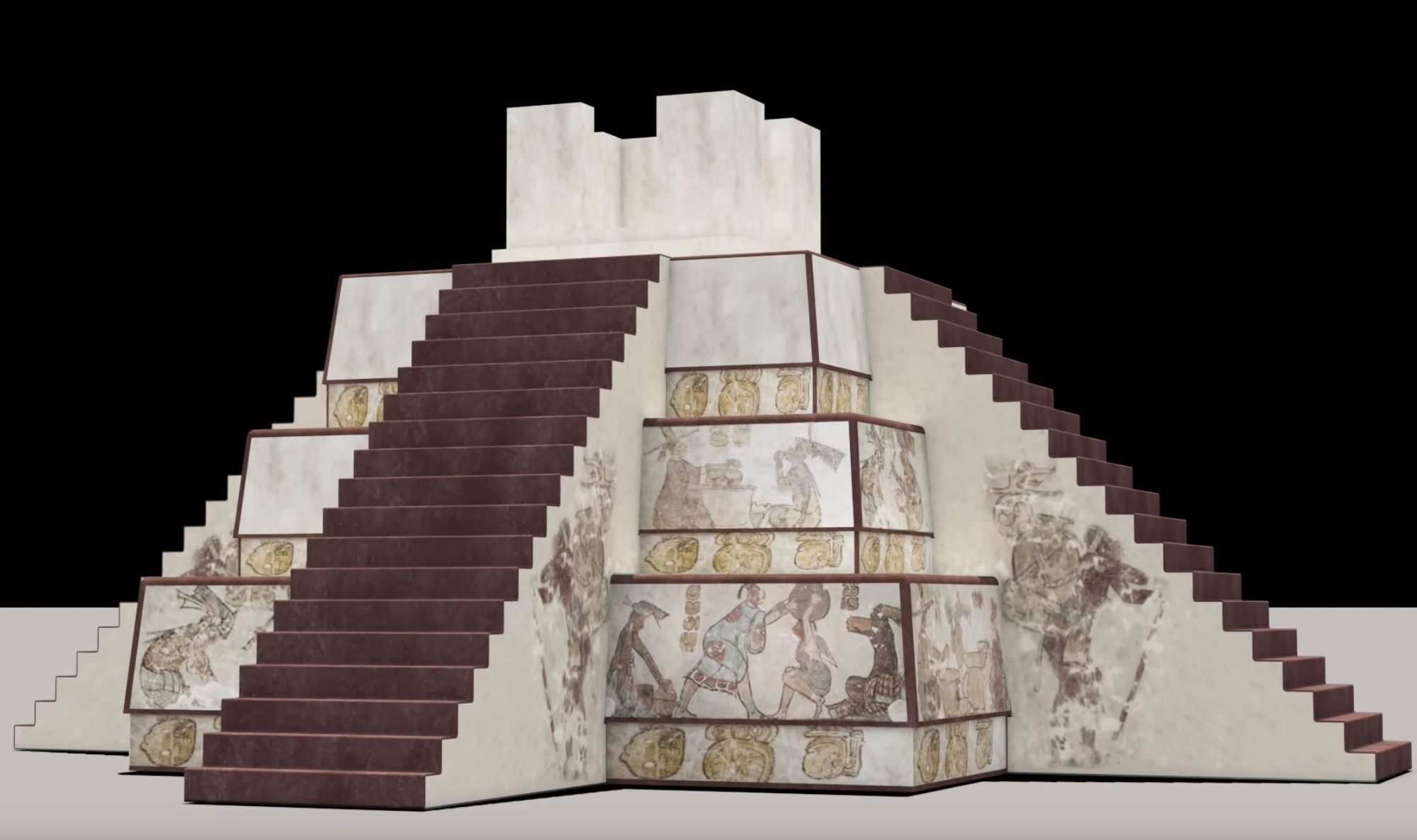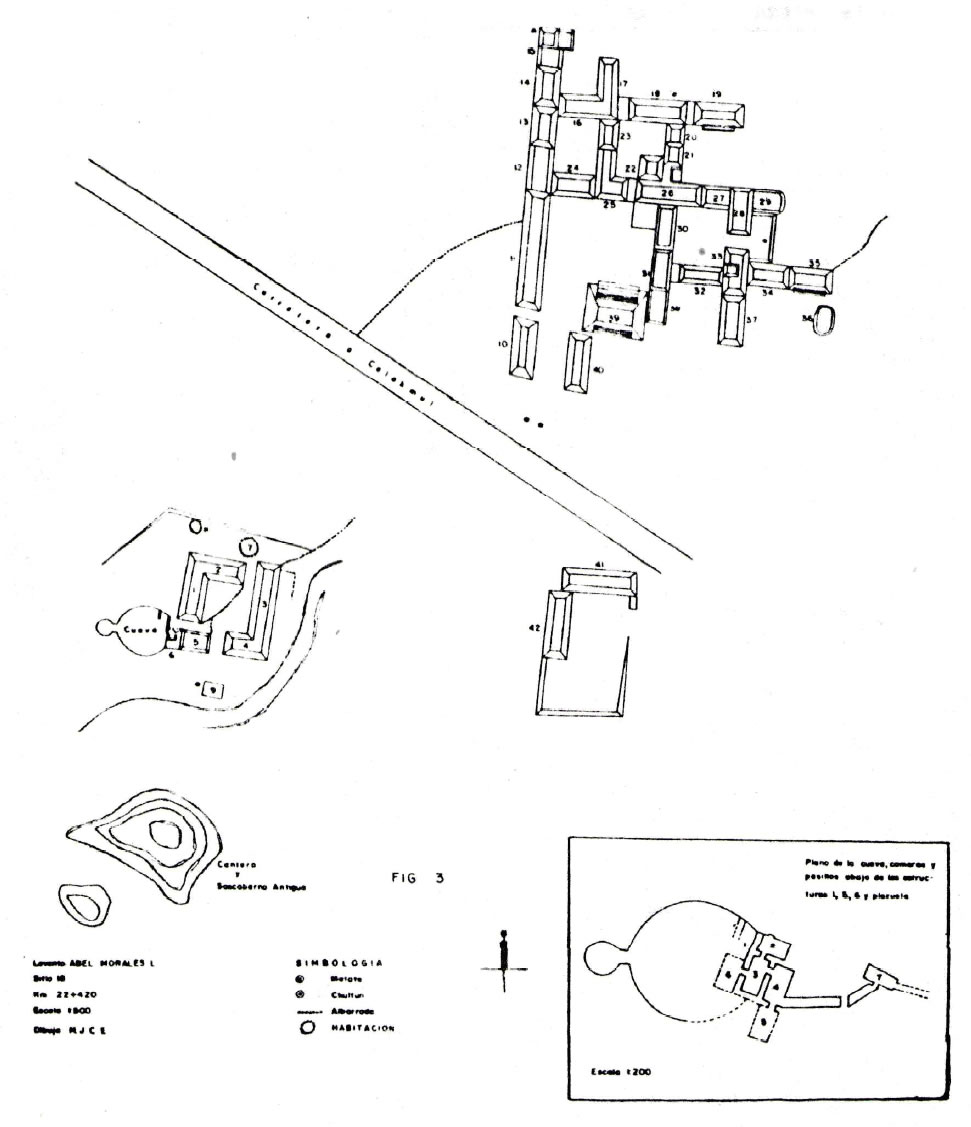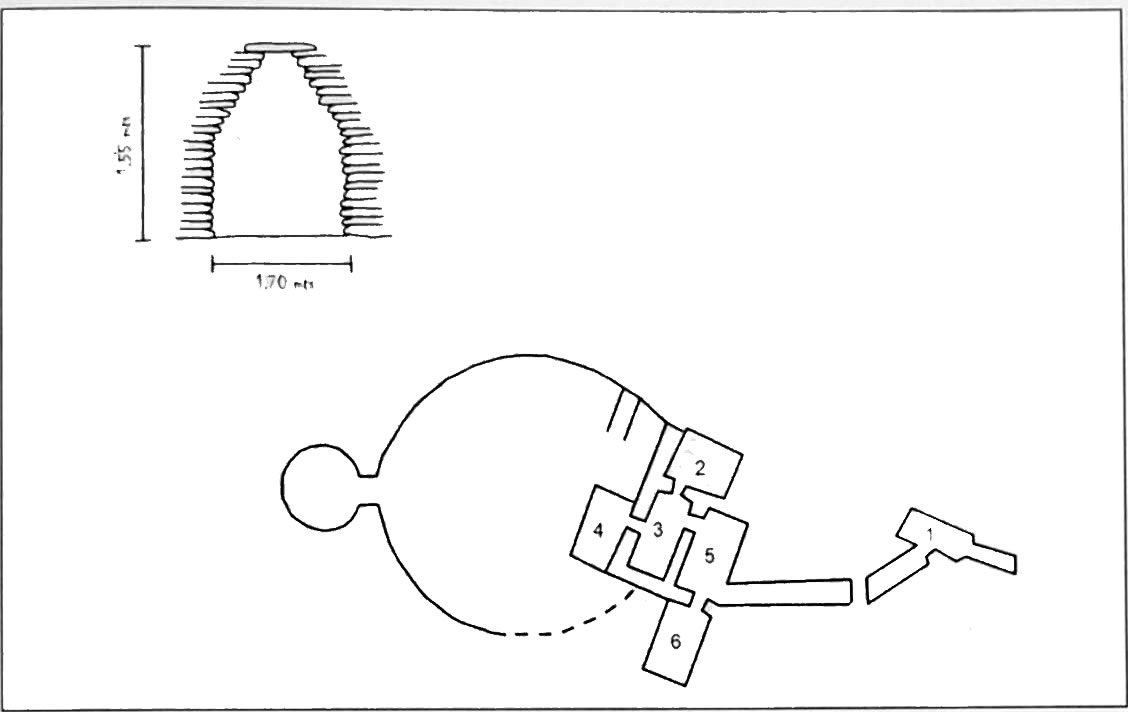After almost a year and very diligent work by the Centro INAH and Campeche to push the repair of the entrance road through Conhuas and the Biosphere, the archeaological zone of Calakmul re-opened on December 5! This means that Southern Campeche now has more ruins open than anywhere else in Mexico! Calakmul, Xpuhil, Balamku and Hormiguero are all open, promising an uncrowded view of the greatest Classic, Rio Bec and Chenes style ruins in Campeche. You will need at least three days to see everything that is open.
Calakmul’s hours are the same, from 8am to 5pm. Visitors will be asked to use hand sanitizer, wear masks, respect safe distances, etc.
The biggest challenge will be the new limit on the number of simultaneous visitors to the park: 100 visitors at a time will be allowed into the area. Get there early (at 8 or 9 am) and avoid any restrictions. This actually would have been a minor restriction in the past – Calakmul doesn’t receive that many visitors. Our advice to you is to hire a guide. Certain features in the park may still be off-limits as work continues after a year’s closure but a guide may give you more access to climb, explore, photograph, etc.
Rio Bec Dreams Is Ready!
Our Jungalows and Cabanas have been maintained during the down period and our excellent, original restaurant is open for breakfast, dinner and packed lunches. We have taken advantage of the down time to do lots of renovations, not only to give our staff income, but to be sure that when we re-opened all would be as before – great!
Our restaurant, credited for many years for great food and service, has always been spotlessly clean. We have always ensured diners’ privacy: in fact, we have 4 onsite dining locations, so guests can choose to eat as close to or as far apart as they want from other guests.
I and my staff totally understand the 3 basics of COVID prevention:
1. At all times wear masks.
2. A t all times practice social distancing.
3. At all times provide 100% cleanliness.
Campeche is one of the few states that has a “green” traffic light – probably because the lockdown was so severe here over the past half year. We still take every precaution in the living areas, kitchen and dining areas. Our staff has remained healthy throughout the year, for which we are grateful.
We are so happy to welcome you back to the best area to see Maya ruins and nature in one place: the Calakmul Biosphere!
Three Other Ruins & The Bat Cave Are also Open!
Remember,
The Bat Cave is open again too! Please contact us for more information on restrictions and guide info.





